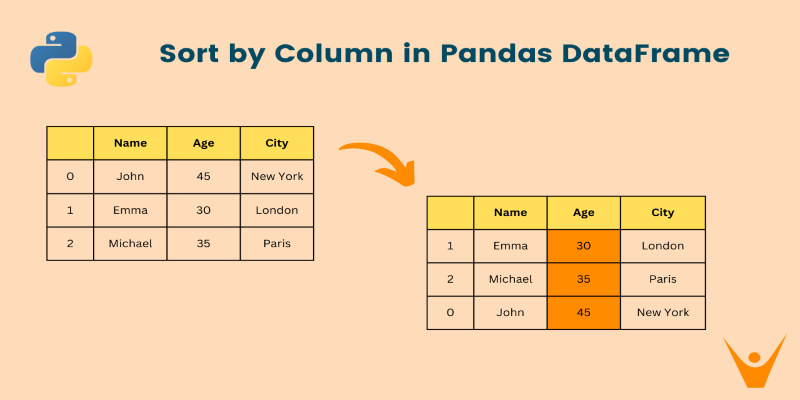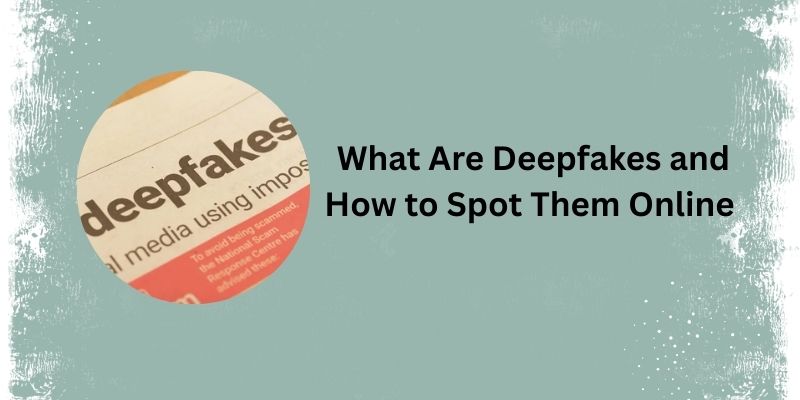Advertisement
Generative artificial intelligence has developed from a fascinating area of study into a transforming power in several sectors in recent years. Generative artificial intelligence technologies are revolutionising processes, enabling innovation, and opening new economic prospects, from developing realistic visuals and music to designing sophisticated texts and coding apps. From agile startups to software behemoths, companies use these technologies to build quicker, simplify processes, and interact with consumers in fresh ways. This blog looks at some of the most remarkable generative artificial intelligence technologies available and success stories proving their transforming power.

Systems able to create text, pictures, music, code, and other data types depending on incoming data or prompts are known as generative artificial intelligence. Usually, depending on deep learning methods—especially transformer models—these systems replicate human creativity and reasoning. Tools like OpenAI's GPT, Google's Imagen, and Stability AI's Stable Diffusion represented a turning point, letting end users access hitherto unheard-of degrees of creative automation.
Generative artificial intelligence appeals because it can democratise production. With little technological knowledge or resources, artists, authors, developers, marketers, and teachers may now generate excellent results. The outcomes include content production, design, product development, and even scientific study, therefore beyond mere novelty trials. This paradigm change generates a new type of AI-native companies that forces companies to rethink their digital plans.
Arguably, the most identifiable generative artificial intelligence technology available nowadays is OpenAI's ChatGPT. Originally intended for text production, ChatGPT has developed into a flexible tool for tasks like summarising, translating, creating content, and automating customer service. To reduce support costs and enhance user experience, companies have included ChatGPT in internal knowledge management systems, virtual assistants, and chatbots.
GPT-4's integration by Khan Academy to run Khanmigo, an artificial intelligence tutor offering individualised assistance to pupils, is one particularly noteworthy result. Learners get interactive direction and Socratic-style questioning instead of fixed explanations, enhancing engagement and retention. This scenario shows how generative artificial intelligence may improve education via mass adaptation to personal learning styles.
Designers and visual artists increasingly turn to technologies like Midjourney and Stable Diffusion to investigate fresh creative possibilities. Based on textual cues, users of Midjourney—known for its distinctive graphic style and simple interface—can create amazing visual creations. Conversely, Stable Diffusion provides an open-source substitute that lets one adjust models for particular use cases and greater control over outputs.
In fashion, companies use these technologies for idea visualisation and prototyping. Generative artificial intelligence, for instance, was utilised by the British design company Maison Meta to create a virtual fashion show combining AI-generated clothes with actual imagery. This lowered manufacturing costs and gave digital fashion new opportunities. Early adopters have a great competitive edge as they can see, iterate, and sell ideas in days instead of months.
Developed by GitHub and OpenAI, GitHub Copilot is artificial intelligence-powered coding assistance that is among the most powerful instruments available to developers. Copilot speeds up engineers' code writing by recommending lines, functions, and even whole modules in real time. It interacts easily with well-known IDEs like Visual Studio Code and supports various programming languages.
Copilot helps startups and corporate teams report production increases. After using Copilot, for example, a finance startup cut its development time by 40%, noting quicker prototyping and fewer errors. Copilot enables non-traditional talent to learn by example, transforming software development beyond time savings. One big step towards closing the IT industry's talent gap is democratising coding.
Additionally, revolutionising film and audio creation is generative artificial intelligence. Runway and Descript enable producers to create sophisticated multimedia content free of conventional production tools. Runway provides green screen effects, run-through video editing driven by artificial intelligence, and even text-to-video creation. Meanwhile, Descript lets users trim, dub, and remix material through basic text-based interfaces, enabling audio and video editing.
Digital marketing companies employing these technologies to grow their content operations have one very successful outcome. Small firms are creating branded podcasts and voiceovers utilising Runway instead of big production teams and Descript instead of recruiting. This change reduces expenses and accelerates delivery, enabling companies to match quick-paced digital advertising.
Tools like Jasper and Copy.ai are changing the conception and creation process for marketers' content. Large language models on these platforms create ad text, blog entries, email campaigns, and more. Users may produce custom marketing pieces in minutes rather than hours or days by varying tone, audience, and content objectives.
Among the early gainers from these technologies are e-commerce sites. Using Jasper, a firm offering environmentally friendly goods, created hundreds of product descriptions and social media advertising at remarkable speed. Their campaign performance, therefore, increased noticeably, and the marketing staff could concentrate on strategy instead of endless writing assignments. For marketing teams negotiating changing marketplaces, generative artificial intelligence provides scalability and adaptability.
In graphic design, the Magic Studio from Adobe Firefly and Canva stretches the envelope of what non-designers can do. Integrating generative artificial intelligence into Adobe's toolset, Firefly allows capabilities like generative fill in Photoshop and text-to-image capability. On the other hand, targeting corporate customers and teachers, Canvas Magic Studio offers features comparable to those of a more easily available platform.
These systems are helping solopreneurs and small companies alike. A freelancing teacher used Canvas Magic Studio to design a full online course package with slides, videos, and worksheets in a few days. Previously, only major teams or organisations could match this degree of output. People may now create professionally quality products with little time or money.
Although these tools have amazing power, proper implementation relies on various elements. Users must first precisely specify their objectives and grasp the limits of generative artificial intelligence. These systems may hallucinate, generate biassed material, or need significant fine-tuning—they are not flawless. Companies must set policies and review procedures to guarantee quality and fit with brand voice.
Second, we must consider ethical concerns about generative artificial intelligence. Ongoing discussions include copyright issues, false information hazards, and ethical synthetic media usage. Successful companies that use these instruments generally combine their technology initiatives with clear rules and robust governance systems. More crucial than innovation itself is developing confidence with viewers.

The success stories and exceptional technologies shown on this blog help one to realise one thing: generative artificial intelligence represents a fundamental change in how we produce and cooperate rather than a transient fad. Generative artificial intelligence is opening hitherto unthinkable opportunities from education and entertainment to software development and marketing, therefore unleashing new efficiency.
Growing adoption will provide increasingly specialised solutions and industry-specific technologies, bridging the gap between human creativity and machine intelligence. For each person, these instruments offer greater liberty to be creative. In a fast-paced digital economy, companies find a competitive advantage here. Anyone hoping to lead in this new age of intelligent creation must deliberately embrace generative AI.
Advertisement

Need to share a ChatGPT chat? Whether it’s for work, fun, or team use, here are 7 simple ways to copy, link, or export your conversation clearly

Discover different methods to check if an element exists in a list in Python. From simple techniques like using in to more advanced methods like binary search, explore all the ways to efficiently check membership in a Python list

Want to organize your pandas DataFrame without confusion? This guide shows clear, practical ways to sort by values, index, custom logic, or within groups

Box adds Google Vertex AI to automate and enhance document processing with advanced machine learning capabilities.

Master the Python list insert() method with this easy-to-follow guide. Learn how to insert element in list at specific positions using simple examples

Domino Data Lab introduces tools and practices to support safe, ethical, and efficient generative AI development.

Struggling with Copilot's cost or limits? Explore smarter alternative AI tools with your desired features and workflow.

Learn how to connect Kafka to MongoDB and build a simple, reliable data pipeline that moves real-time messages into a NoSQL database efficient-ly

Understand deepfakes, their impact, the creation process, and simple tips to identify and avoid falling for fake media.

Learn how the Python list extend() method works with practical, easy-to-follow examples. Understand how it differs from append and when to use each

Learn how to loop through dictionaries in Python with clean examples. Covers keys, values, items, sorted order, nesting, and more for efficient iteration

Compare Intel’s AI Gaudi 3 chip with Nvidia’s latest to see which delivers better performance for AI workloads.